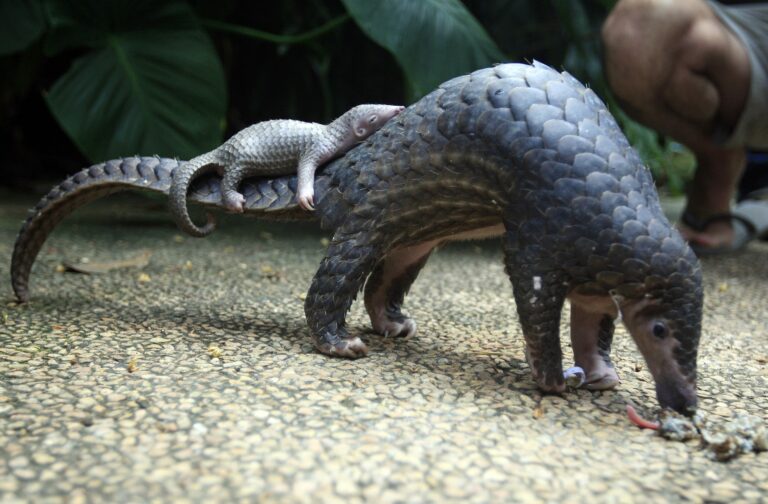Fiction is often a portal into the fantastical. It allows us to imagine places and people not of this earth, a way to think beyond the scope of what is possible. J.K. Rowling has for the last 20 years been a beacon of possibility, ushering in an age of witches and wizards. These individuals are challenged with combating evil, indifference and prejudice, unleashing their true power through the passion, conviction and courage led by a young boy who lived, and his friends who never gave up.
This week, Rowling unveils an expansion of the wonderful world of wild magical things in the Harry Potter universe with ‘Fantastic Beasts and Where to Find Them.’ In this film, magizoologist Newt Scamander (Eddie Redmayne) is on a mission revolving around a very special creature in 1920’s New York. But are there hints of magic alive and well in the muggle world? Here’s our list of real life fantastic beasts worth learning about and loving. Perhaps one of these will prove to be your true patronus!
Real Life Fantastic Beasts
Pangolin
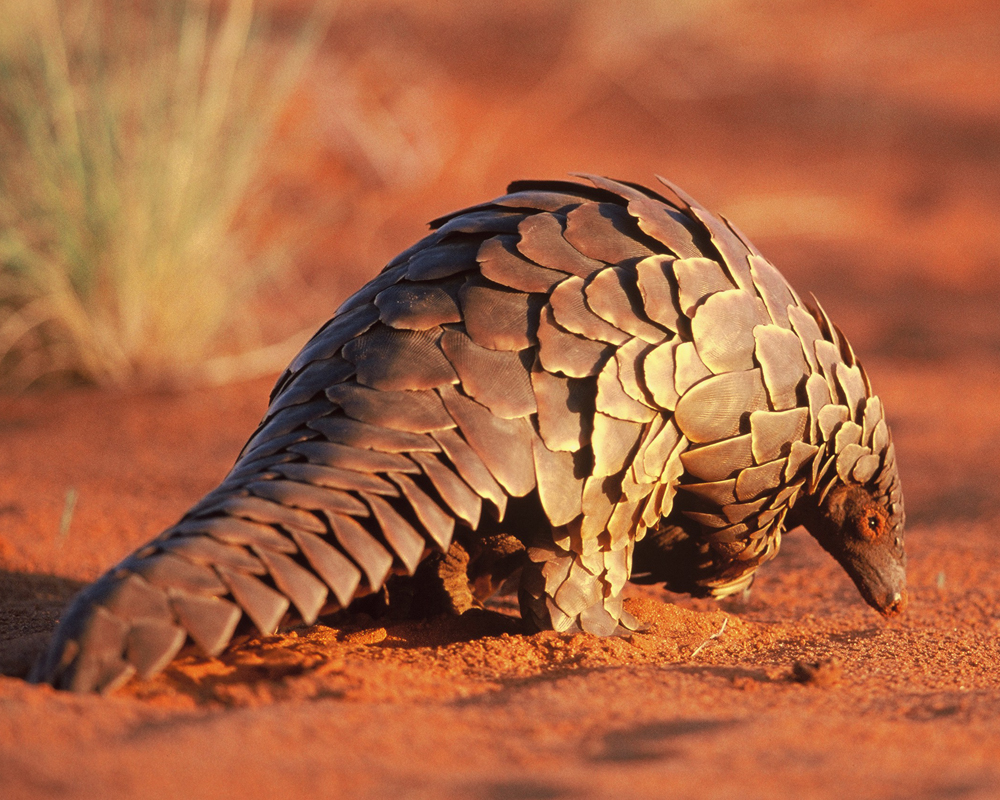
These little mammals, which look like an anteater/dog crossbred with a dragon, are the only mammals with scales rather than hair. They give birth to a single offspring called a “pup” (cute level 1 million), they climb trees, they dig burrows, and they live in ecosystems alongside many of our favorite primates (chimpanzees, gorillas and orangutans). They are the most illegally trafficked animal in the world, and though people believe they are good luck, they are the ones who need it most.
Aye Aye
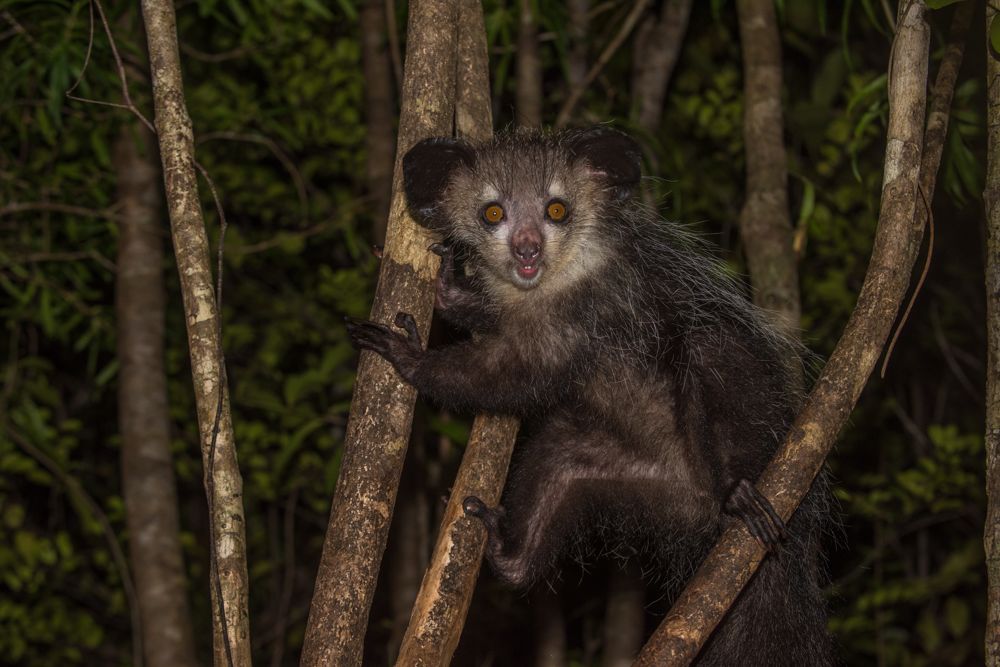
A very funky and fascinating species of lemur, the Aye Aye goes bump in the night and is kind of the most adorable scraggly haired, wide-eyed primate around. Like all lemurs, the Aye Aye only exists in Madagascar (an overall magical place in its own right). They have large fluffy tails, huge bat-like ears and slender, long fingernail bearing hands. This nocturnal beast has its very own sort of magic wand – an extra long finger with complete 360 rotation on its tip which it uses to both tap on tree logs to use its hyper sensitive ears to look for bugs and grubs, and fish those tasty treats out for a moonlit snack. They are elusive and endangered, with folklore designating these gentle animals as a “bad omen” they are therefore killed often, and they face overall habitat loss.
Rhinoceros
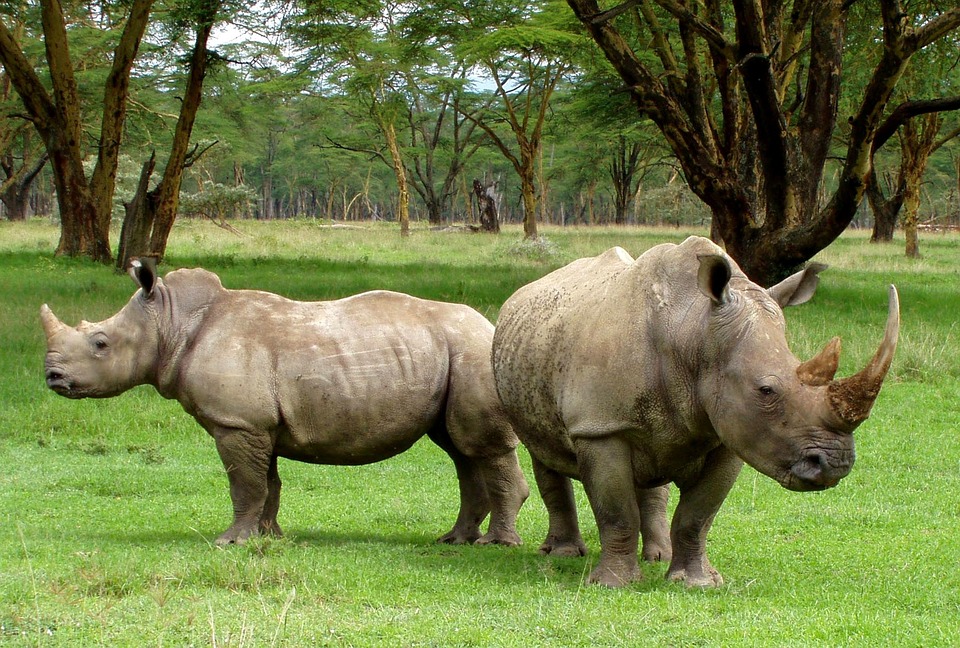
The unicorns of the animal kingdom, rhinos are just as rare, elegantly horned and precious. These seemingly armored and massive beasts have poor eyesight and have as a result developed an excellent sense of smell. Their armor is actually a thick protective skin formed from layers of latticed collagen. The ancestor of the rhino actually looked more like a small horse instead of anything like what we know as the look of the iconic hefty horned animal. Two species of Asian rhino are Critically Endangered according to the IUCN Red List, and many rhino species are at great risk due to the evils which must be named – illegal poaching. Many countries have created an increasing demand for powdered horn – which actually is just powdered keratin (the same compound that comprises human hair and nails). The idea that this substance somehow holds magical qualities is actually very untrue, and instead much more effort should be made to protect these truly magical creatures.
Crow
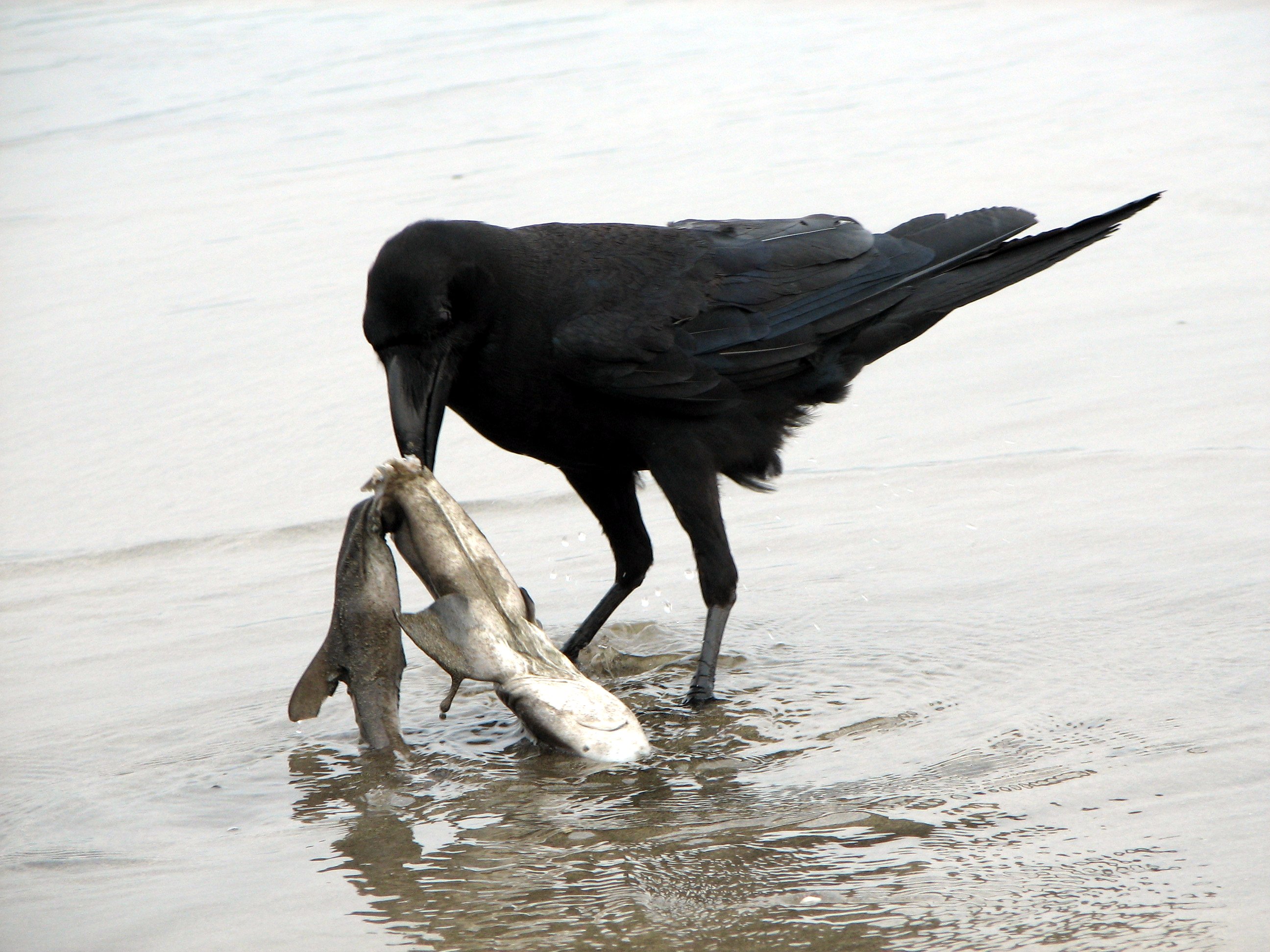
The American crow is most synononmous with death and intrigue – a grey sky and a shrill cawing voice calling out to you. These magical beasts eat almost anything and can form flocks of thousands. Most notably about crows however, is their stunning intellect, of which there is almost no comparison in the animal kingdom. In a paper published by Nature, Hawaiian crows use tools in the wild to probe for food. Crows have been observed to solve puzzles as well as 7-year-old humans, understand principles behind displacing water by dropping a stone into a glass of water, and construct their own tools.
Pinocchio lizard
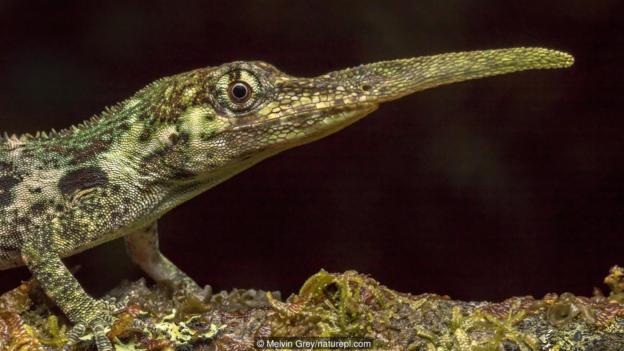
“The Pinocchio lizard is a zoological mystery.” This strange lizard endemic to the cloud forests of Ecuador was thought to be extinct until only a few years ago. Almost never seen, they are never observed in daylight. Many theories about its extended “horn” have emerged, including for battle, which was ultimately disproven because of their flexibility. In some new research, there is evidence that it may be used as an indicator for a suitable mate – as females seem to prefer those with a longer horn. There is some thinking however, that this might not be the whole story and even more interestingly, this lizard seems to be able to “wiggle” its horn using hydrostatic pressure. They are endangered along with a great many other species in Ecuador, although luckily people like Lucas Bustamante are capturing images of these magical animals and sharing them to inform the publci of the importance of the species.
Real Life Wizards of Wildlife:
In the wizarding world, Alison Sudol is Queenie Goldstein, an American witch with a desk job at the Wand Permit Office. In our world, Alison is an IUCN Ambassador, working everyday to help muggles and wizards alike understand and care about endangered species and their protections. This past September, Alison was able to meet up with and speak with our own Minister of Magical Creatures, Dr. Jane Goodall. Here’s their interview on the importance of caring about the fantastic beasts of our own world:
As we take time to escape from the boundaries of our existence through the sights and sounds of the surreal and infinitely surprising realms, it is important that we return and look around us for all that is very mystical right in front of us. These creatures are not only exemplary indicators of the profound wonders of evolution and how physically and in behavior the potential for animals is boundless, but are just as mysterious and fascinating. Most importantly, just like in the wizarding world, there are real evils costing these creatures their lives, and it is up to us to make the choice to save them.
It is our choices, Harry, that show what we truly are, far more than our abilities.
― Harry Potter and the Chamber of Secrets


